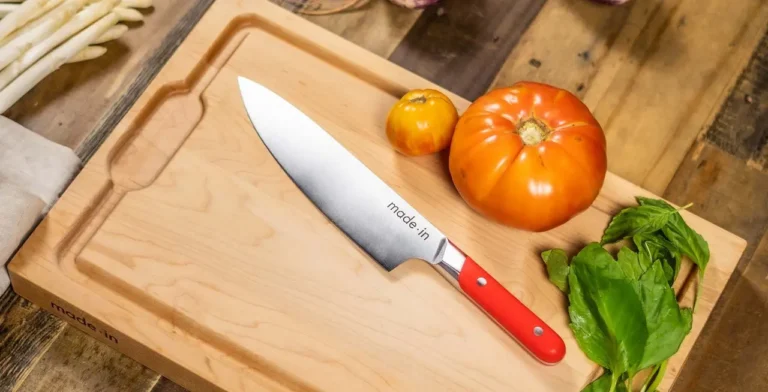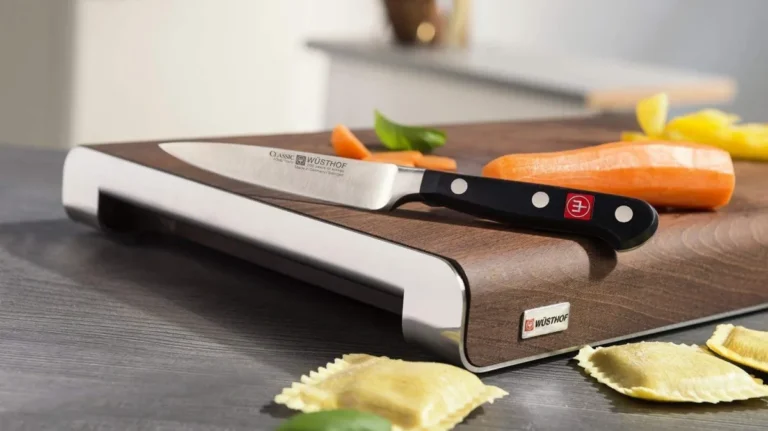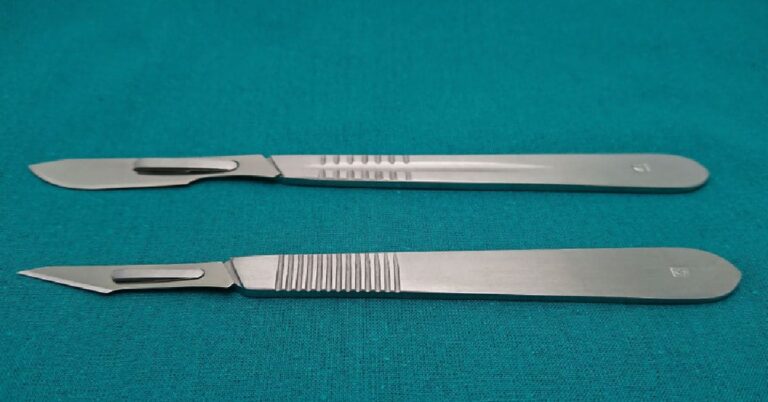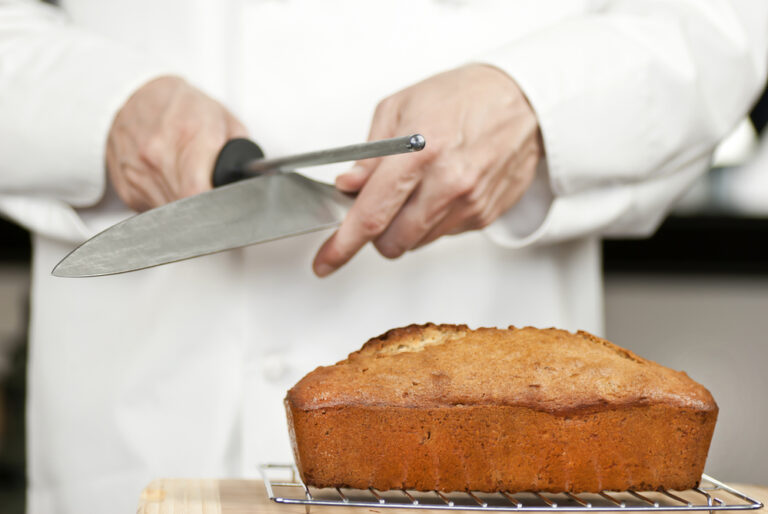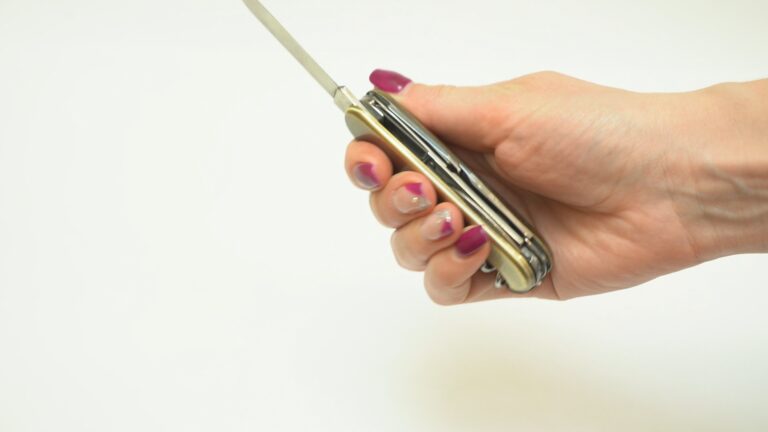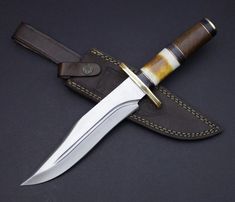How to Clean a Sharpening Stone (In-Depth Guide)
Sharpening stones are commonly referred to as whetstones. They are indispensable for ensuring the keenness of knives and various cutting tools. As they are used, these stones gather metal particles, reducing their efficiency.
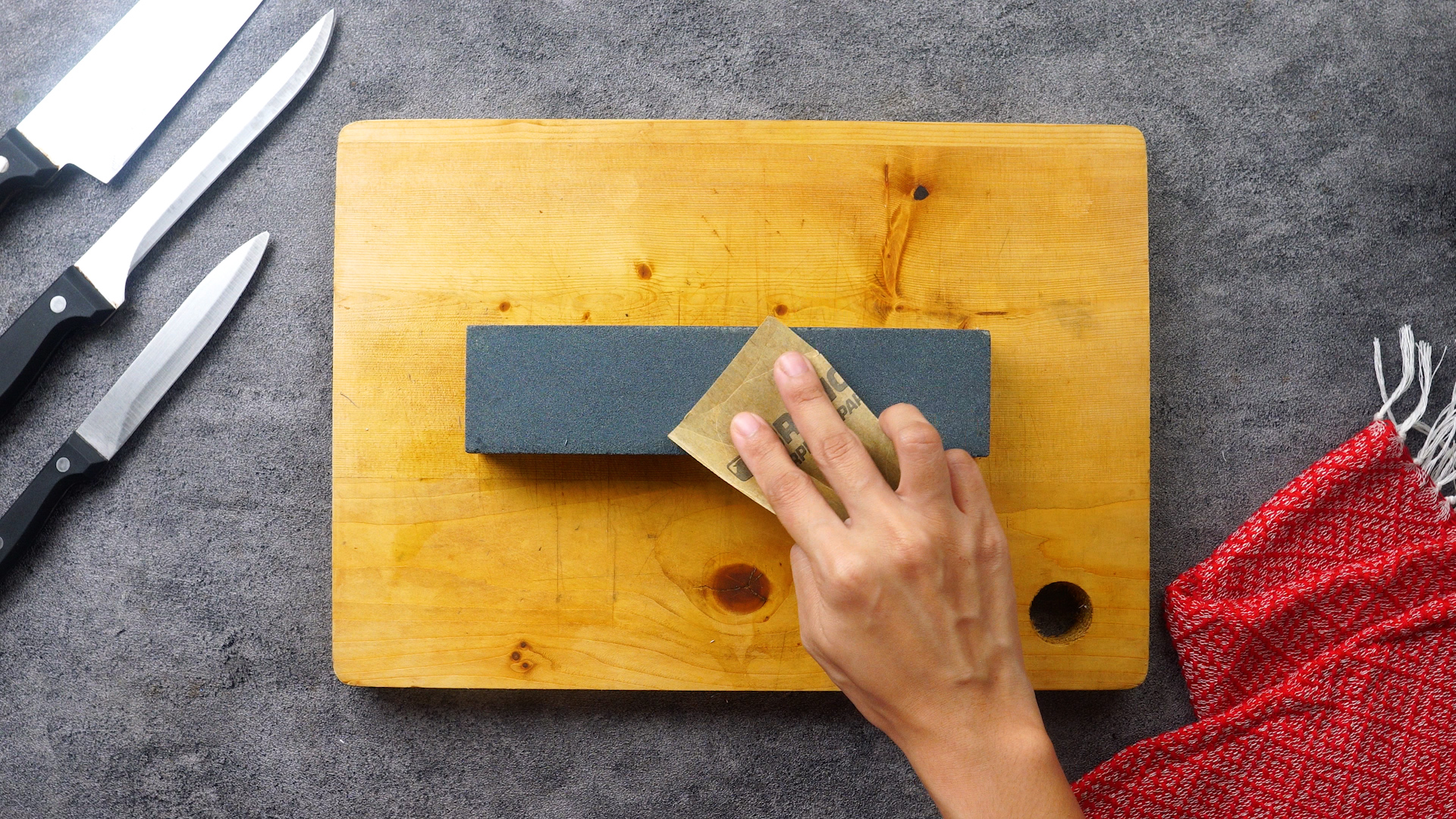
To maintain their optimal performance, regular cleaning is paramount. This guide delves deep into the cleaning process, offering a comprehensive step-by-step approach.
How to Clean a Sharpening Stone
In this guide, we’ll walk you through the steps to effectively clean your sharpening stone, ensuring it remains in peak condition for all your sharpening needs.
1. Gather Your Cleaning Supplies
Before embarking on the cleaning journey, assemble the necessary tools:
- Soft Brush or Old Toothbrush: This aids in gently scrubbing off the debris.
- Mild Dish Soap: A gentle cleanser that won’t harm the stone.
- Clean Cloth or Towel: For drying the stone after cleaning.
- Water: Preferably running water for rinsing.
- Flat, Sturdy Surface: To provide a stable cleaning area.
2. Simple Cleaning: Brushing Off Debris
Step-by-Step Process:
- Dry the Stone: Always start with a dry stone. It simplifies the removal of loose debris.
- Brush Gently: With your soft brush or toothbrush, methodically brush the stone’s surface in circular patterns. This action dislodges metal particles and other accumulated dirt.
- Inspect the Stone: After brushing, examine the stone. If it appears clean, you can stop here. Otherwise, a second round of brushing might be in order.

3. Deep Cleaning: Using Water and Soap
When faced with a particularly dirty stone or one that hasn’t seen cleaning in a long while, a more thorough cleaning becomes essential.
- Wet the Stone: Introduce the stone to running water, ensuring its entire surface is wet.
- Apply Soap: Dispense a few drops of the mild dish soap onto the stone.
- Scrub Intently: With your brush in hand, scrub the stone meticulously in circular motions. The soap aids in dissolving stubborn grime.
- Rinse Thoroughly: Post scrubbing, rinse off all the soap. Any soap residue can compromise the stone’s sharpening prowess.
- Dry the Stone: Using a clean cloth or towel, pat the stone dry. It’s crucial to let it air dry completely before its next use or storage.4
4. Addressing Oil-Based Sharpening Stones
Certain sharpening stones are crafted for use with oil. Their cleaning regimen deviates slightly.
- Avoid Water: Introducing water to oil-based stones can lead to their degradation. Instead, use a cloth to wipe away surplus oil.
- Employ a Specific Cleaner: There are cleaners tailored for oil-based stones. Use as instructed, ensuring all residue is wiped away.
- Reapply Oil: Post-cleaning, it’s vital to coat the stone with a thin layer of honing oil. This ensures its readiness for the next sharpening session.
Tips for Maintaining Your Sharpening Stone
- Consistent Cleaning: Adopt a habit of cleaning your stone post every use. This proactive approach staves off significant buildup.
- Strategic Storage: Safeguard your stone from moisture by storing it in a dry locale. This prevents potential damage and prolongs its lifespan.
- Chemical Caution: Always opt for mild dish soap or stone-specific cleaners. Harsher chemicals can be detrimental to the stone’s surface.

Why Clean Your Stone?
A sharpening stone laden with grime fails to offer the necessary friction for effective sharpening. Also, The accumulated metal particles and debris can potentially scratch or even damage the blade. By cleaning it regularly, you guarantee:
- Efficient Sharpening: A clean stone provides consistent and smooth sharpening results.
- Extended Stone Lifespan: Regular maintenance prevents premature wear and tear, ensuring the stone serves you longer.
- Blade Safety: A clean stone minimizes the risk of blade damage during sharpening.
Final Words
The longevity and efficiency of a sharpening stone hinge on its upkeep. By adhering to this exhaustive guide, you can ensure your stone remains in pristine condition for the foreseeable future. A clean stone doesn’t just sharpen more effectively; it also amplifies the lifespan of your cherished blades.
Frequently Asked Questions
Q1: How often should I clean my sharpening stone?
Ideally, you should clean your sharpening stone after every use to prevent buildup. However, if you use it infrequently, cleaning it once every few uses should suffice.
Q2: Can I use any soap to clean my sharpening stone?
It’s best to use mild dish soap. Avoid using harsh or abrasive cleaners, as they can damage the stone’s surface.
Q3: My sharpening stone has deep grooves. Is it still good to use?
Over time, sharpening stones can wear unevenly, leading to grooves. If these grooves are deep, they can affect the sharpening process. It might be time to flatten the stone or consider replacing it.
Q4: Can I use vinegar or baking soda to clean my stone?
Vinegar and baking soda are popular cleaning agents. But they might not be suitable for all stones. It’s best to stick to mild dish soap or cleaners specifically designed for sharpening stones.
Q5: How do I know if my stone is oil-based or water-based?
Typically, the manufacturer’s instructions will indicate this. If you’re unsure, check the product’s packaging or the manufacturer’s website. Remember, introducing water to an oil-based stone can damage it.
Q6: Can I use a machine or power tool to clean my sharpening stone?
It’s best to clean your sharpening stone manually to avoid any potential damage. Using machines or power tools can be too abrasive and might harm the stone’s surface.
Q7: How do I store my sharpening stone after cleaning?
After cleaning, ensure the stone is completely dry. Store it in a cool, dry place away from direct sunlight. If it comes with a box or protective case, use that for storage.
Q8: Can I use a sharpening stone that’s been dropped?
If the stone is cracked or chipped after being dropped, it might not provide an even sharpening surface. Inspect it closely. If the damage is minor, you might still be able to use it. However, if there are significant cracks or chips, consider replacing them.
Q9: How long does a sharpening stone last?
With proper care and maintenance, a high-quality sharpening stone can last for many years. However, the lifespan depends on the frequency of use and the material of the stone.
Q10: Can I use household items to flatten my sharpening stone?
There are DIY methods using sandpaper or other household items. It’s best to use tools specifically designed for flattening sharpening stones to ensure an even and consistent surface.

